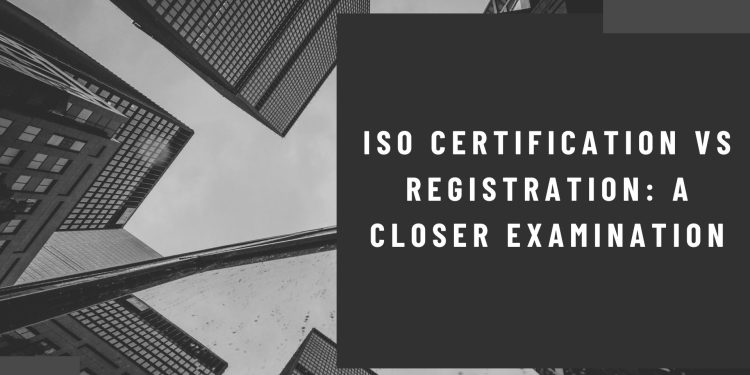Introduction:
In the realm of quality management and organizational excellence, the International Organization for Standardization (ISO) plays a pivotal role in setting global benchmarks. Two terms that are often used interchangeably but require a closer inspection are ISO certification and ISO registration. While they both signify a commitment to quality, their nuances can significantly impact the way organizations operate and are perceived in the global marketplace.
Understanding ISO Certification:
ISO certification is a process by which a third-party body verifies that an organization adheres to the standards set by the ISO for a specific management system. These standards cover a wide array of areas such as quality, environmental management, information security, and more. Obtaining ISO certification involves a comprehensive audit of an organization’s processes, policies, and procedures to ensure compliance with the relevant ISO standard.
The significance of ISO certification lies in the fact that it demonstrates a commitment to quality and continuous improvement. It can enhance an organization’s credibility, build customer trust, and open doors to new business opportunities. However, it’s important to note that ISO certification does not confer a formal recognition or stamp from the ISO itself.
Understanding ISO Registration:
ISO registration, on the other hand, is a term often used colloquially but does not have a direct correlation to ISO standards. The ISO itself does not register organizations; rather, it is done through external bodies known as registrars or certification bodies. These bodies assess an organization’s adherence to ISO standards and, upon successful evaluation, issue a certificate of conformity.
In essence, ISO registration is a documentation process that signifies an organization’s compliance with ISO standards. It serves as tangible proof that an independent third party has verified an organization’s adherence to the specified ISO criteria.
Key Differences:
Issuing Authority:
- ISO Certification is not issued by the ISO but is granted by accredited certification bodies.
- ISO Registration is a term used informally, and the ISO itself does not provide a registration process.
Verification Process:
- ISO Certification involves a thorough examination of an organization’s systems and processes by a third-party certification body.
- ISO Registration, as a term, lacks a standardized verification process and is often used interchangeably with certification.
Credibility and Recognition:
- ISO Certification is widely recognized globally and can enhance an organization’s credibility in the eyes of stakeholders.
- ISO Registration, when used informally, may not carry the same level of recognition and may cause confusion.
Continuous Improvement:
- Both ISO Certification and Registration signal a commitment to continuous improvement and adherence to international standards.
Note: You Can Apply for ISO 9001 Certification
Conclusion:
In the competitive landscape of today’s global markets, organizations seek ways to distinguish themselves and demonstrate their commitment to quality and excellence. While ISO certification and registration are often used interchangeably, understanding their distinctions is crucial for businesses aiming to align with international standards.
ISO certification, achieved through a rigorous audit process by accredited bodies, provides tangible evidence of adherence to ISO standards. On the other hand, ISO registration, often used informally, lacks the same level of standardized recognition and is not a process directly governed by the ISO.
In essence, the choice between ISO certification and registration depends on an organization’s goals. The level of recognition sought, and the specific requirements of its industry. Regardless of the path chosen, both signify a dedication to quality management, continual improvement. And a commitment to meeting globally accepted standards.









